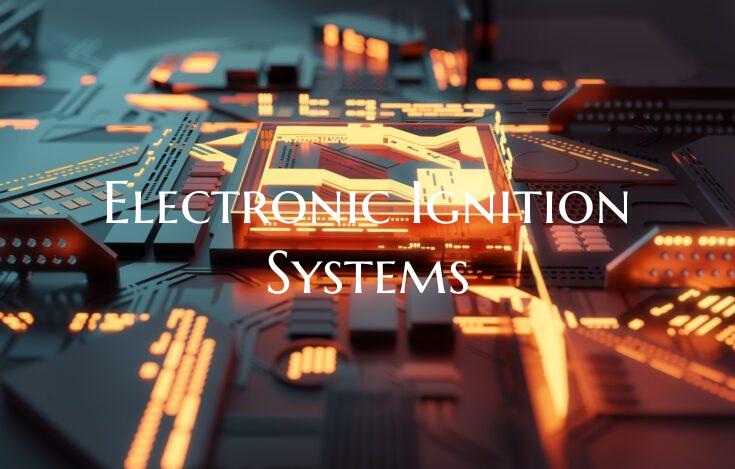Electronic Ignition Systems
Electronic ignition systems have revolutionized the way vehicles start and operate, offering improved reliability, performance, and fuel efficiency compared to traditional mechanical ignition systems. In this article, we delve into the workings of electronic ignition systems, their components, benefits, and how they have transformed the automotive industry.
### Components of an Electronic Ignition System:
1. Electronic Control Unit (ECU): The brain of the system, the ECU processes information from various sensors to determine the optimal ignition timing for the engine.
2. Sensors: These include the crankshaft position sensor, camshaft position sensor, and engine temperature sensor, providing crucial data to the ECU for precise timing adjustments.
3. Ignition Coil: Unlike traditional systems with a single coil, electronic ignition systems often utilize individual coils for each spark plug, allowing for more precise control over ignition timing.
4. Spark Plugs: Responsible for igniting the air-fuel mixture in the combustion chamber, spark plugs receive high-voltage electrical pulses from the ignition coils.
### Benefits of Electronic Ignition Systems:
1. Improved Reliability: Electronic ignition systems are more reliable than their mechanical counterparts as they eliminate moving parts prone to wear and tear.
2. Enhanced Performance: The ECU's ability to adjust ignition timing in real-time enables engines to operate at peak efficiency under various driving conditions.
3. Better Fuel Efficiency: By optimizing ignition timing and ensuring complete combustion, electronic ignition systems contribute to improved fuel economy and reduced emissions.
4. Quick and Consistent Starts: Electronic ignition systems provide consistent spark timing, resulting in smoother and quicker engine starts, especially in cold weather.
### Evolution of Electronic Ignition Systems:
Originally introduced to replace points and condensers in traditional ignition systems, electronic ignition has evolved significantly over the years. Modern systems incorporate advanced technologies such as direct ignition, coil-on-plug systems, and even coil-near-plug configurations to further enhance performance and efficiency.
### Conclusion:
Electronic ignition systems represent a fundamental advancement in automotive technology, offering benefits such as improved reliability, performance, and fuel efficiency. By harnessing the power of electronics and precision engineering, these systems have become an integral component of modern vehicles, ensuring smoother starts, optimized engine operation, and reduced emissions. As automotive technology continues to evolve, electronic ignition systems are poised to play a crucial role in shaping the future of transportation.

